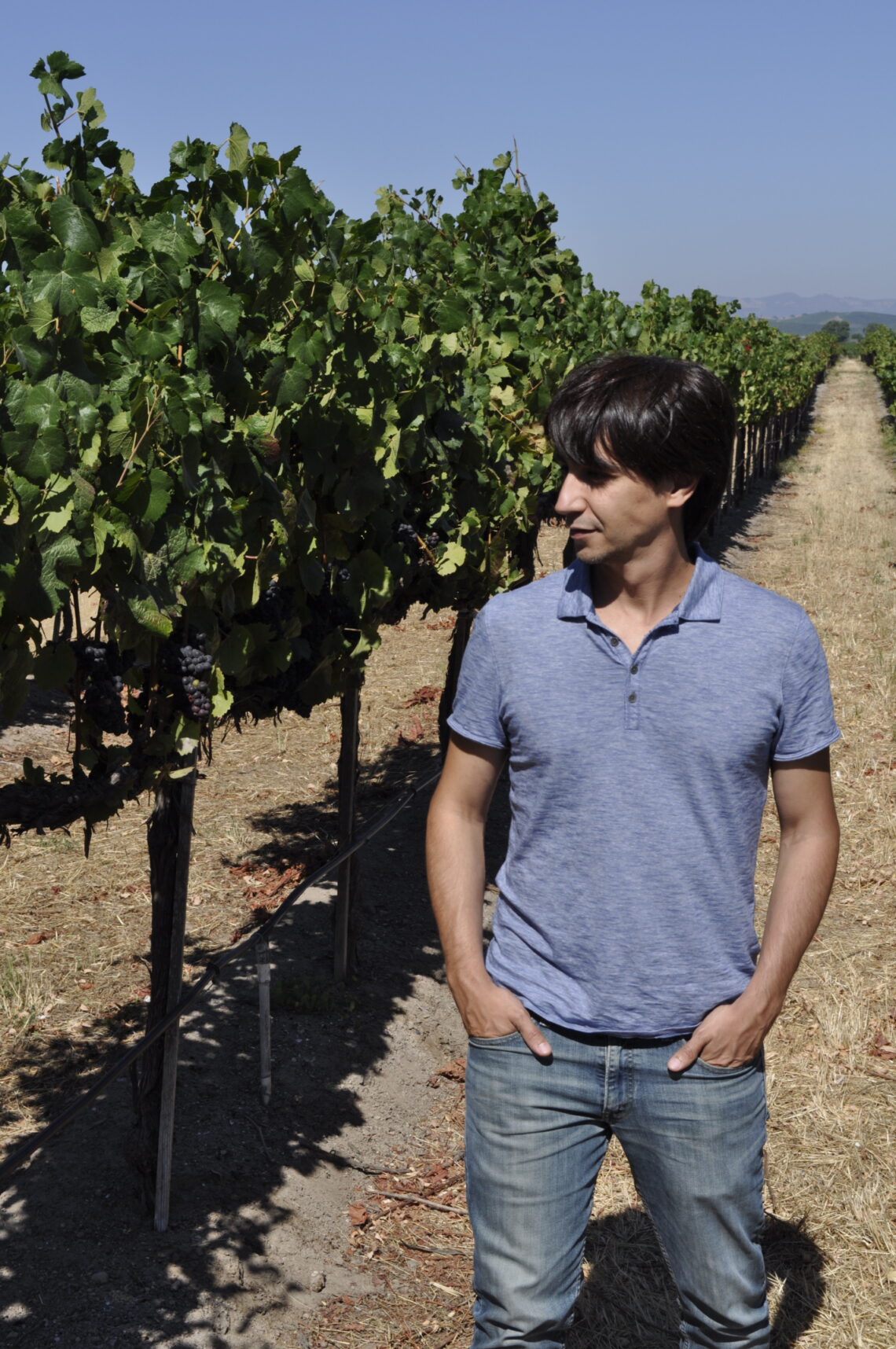Extreme summers, with temperatures that well exceed 40 degrees for days but also, in the same season, violent storms and hail the size of tennis balls. It occurs more and more frequently in many parts of the world. At the moment the Mediterranean is one of the regions most affected by the so-called “boiling climate” but the change that has been taking place for some time concerns Planet Earth and not just a part of it.
Agriculture is the sector most affected by climate change and viticulture, in particular, is at risk if prompt action is not taken to limit the damage caused by global warming.
Science has been on alert for years. International research shows clear data but also suggests useful interventions to transform the emergency into a possibility.
Ignacio Morales Castilla, researcher in the Department of Life Sciences of UAH (University of Alcalá), participated in a research survey conducted by Professor Elizabeth Wolkovich, of the Department of Evolutionary Biology and Organisms of Harvard University, published in the journal “Nature Climate Change”, which encourages winemakers to try lesser-known grape varieties to counteract some of the effects of climate change. Morales Castilla worked for a year at the University of the United States to then continue his research in Spain on forecasting models that confirm which grape varieties will adapt best to climate change in the coming decades and, therefore, which ones are best recommended for staggered plantings until 2100.

© Universidad de Alcalá
In this interview, the academic explains the result of his research in detail, drawing useful conclusions for operators in the sector.








